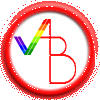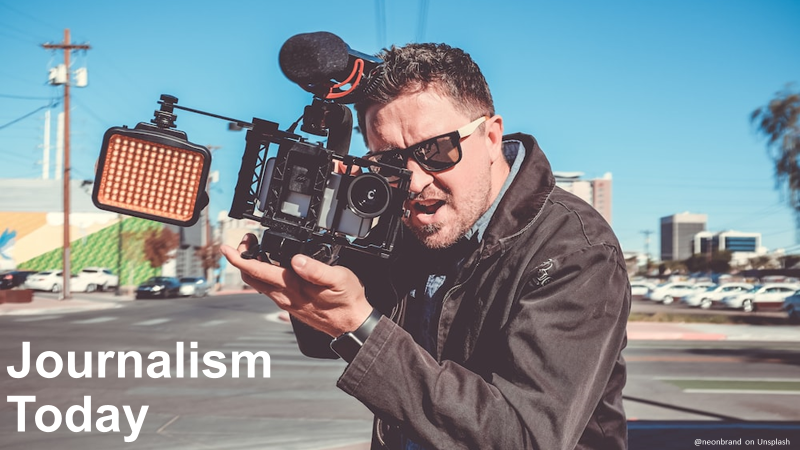You are here
Rethinking the Overlay of the Online and Offline
Seattle.
The Wednesday keynote at AoIR 2011 is by the abundantly energetic Tom Boellstorff, whose provocation to us is to rethink the digital. This is about both online and offline, and is interested in exploring emergent research areas. After all, what do we mean by digital: just the things we plug in, or the things which are online – or is there more to it? Part of the point here is also to reconnect the digital to indexicality – to return to the roots of the term ‘digit’.
Tom’s early work has been focussing on research into gay and lesbian culture in Indonesia – how are these concepts positioning themselves in contrast to, or adapting ideas from, Western gay and lesbian culture? Additionally, he’s also worked on Second Life; he’s been interested how a space like this transforms existing theory and practice. His current interests tend towards questions of methods, fieldsites, and ethics.
How do we think about the impact of technology without sliding into technological determinism, but in recognition of how technology affects things? We’ve moved from the powerful mainframe/dumb terminal age (where storage and processing took place in the mainframe), and its associated dystopic image of HAL in 2001, through the personal computer where computation and data storage was colocated with the individual user (thus also limiting data transfer possibilities), and first inklings of possible mobility in computing and digital networking, and its associated dystopia of the deeply felt gap between user and avatar (from Tron through Matrix to Avatar), and finally to the current vision of the cloud, made possible initially by laptops and now by modern mobile devices (which are now widespread globally, more than mainframes and PCs ever were), which are almost inherently connected to the network with its cloud storage and cloud computing (to some degree, this is almost a reterminalisation of computing).
Through this latest phase, we see new forms of overlay between online and offline, in both directions – described by terms like immersion, distraction, covergence, ubiquity, addiction, ambience, multitasking, augmentation, and contact. It’s no longer necessary to choose between the online or offline; it’s possible to be in both at the same time. But what is the dystopia associated with this – a return to the all-controlling HAL, expressed through fears of declining privacy and agency, for example?
How can we conceptualise such overlay without conflating it with mere blurring? As we discuss what ‘we’ can do with such new technologies, who is that ‘we’? What are we connecting through such overlays – the ‘virtual’ and the ‘real’, or two perfectly real but different and previously separate spaces? Indeed, what does (or did) ‘separate’ mean anyway?
There are some deep cultural assumptions about this ‘separation’, and about the coming together which (supposedly) eventually leads to blurring and union? Tom refers to the legacy of Christian tradition of the word made flesh; the divine and the earthly coming together in union – he sees shades of this kind of thinking in the teleological descriptions of the online/offline union as it is now being described. But language cannot work without gaps between language and the things it describes; the digital cannot work without gaps between its digits.
There is an interesting connection between this and Tom’s earlier work on dubbing audiovisual content in Indonesia. Originally, the government was attempting to promote dubbing; then they ended up banning it and required subtitling, as dubbing would end up blurring the lines between Indonesia and other cultures (this was unsuccessful, incidentally). But translation is inevitably unfaithful; it will never cross the gap entirely – dubbing, instead, is predicated on a gap that is not a failure: actors’ lips and the sounds dubbed over the top of a movie will never entirely match up, but they make the movie intelligible to speakers of other languages. They allow different cultures to bridge their separation and come together (without achieving a full union).
Dubbing inscribes new cultural meanings into existing texts; it takes those texts and transforms them. Similarly, online and offline do not blur: they dub, and this is actually more interesting than a mere blurring. Tom goes back to an example from doing ethnographic work in Second Life to illustrate this further: here, too, aspects such as knowledge of the space, in-game gender, discussion threads, switching between codes of communication, precedents and parallels, and the presence of the ethnographer interweave.
This is also about indexicality. The gap between online and offline is culturally constitutive: it has cultural consequences not because it blurs, but because it gaps. In linguistics, an indexical (‘I’, ‘this’, …) is an element which points to context: ‘this’ may be the same word in different situations, but points to (is an index of) some very different things depending on who uses them when and about what. Some languages don’t have relative spatial indexicals, for example (‘left’, ‘right’), but only absolute ones (‘north’, ‘south’) – and this changes how different language users perceive the world.
In a world of online as well as offline mobility, indexicality becomes even more important, because both online and offline contexts must now be considered; the concept of the digital is fundamentally linked to the concept of the index (even simply through the fact that the index finger is a digit). How can we use this to think about online and offline in new ways, then – when from the very early online environments, indexicality played a crucial role. The base 2 system of digital technology is the new base 10 of monetary circulation, which also provided currency as an index to actual wealth. The gap between the virtual and the real is constantly crossed.
We now ought to move from nodes and networks to atmospheres: in this moment of mobility, we assume co-constitutive motion through offline landscapes; we’re immersed, and mobility is no longer a way of getting to context, but the context itself.
We also rely on aggregate expertise, where context becomes expertise through the aggregation of multiple voices, through aggregate knowledge production; Google Translate is another example – it draws on the context of massive textual corpora to find what look like appropriate translations of texts. This isn’t about the system understanding the texts, but simply about them identifying similar contexts that may point to a workable translation.
Tom also suggests the idea of feline devices. Dogs are culturised, subservient, autonomous devices, almost robot-like in a sense; feline devices, on the other hand, would stand outside of this – they would continue to account for themselves, and their interests and actions would merely converge with human interests at various points in time.
Any of this work requires multiple methods. These methods will include ‘big data’ work (which recently has explored the potential to identify moods on Twitter, for example), but also ethnography (which Tom says is also big data); we need to get serious about doing mixed, interdisciplinary methods (rather than just paying lip-service to them). Ethnography provides a form of access to levels of information which cannot be explored in other ways – it’s far from unscientific, anecdotal, contaminated by the ethnographer, or obsolete.
What’s the future of any of this, then? We could have done Twitter ten years ago – the technology and the data format are far from sophisticated, ultimately. But we didn’t have it then because we couldn’t imagine it then – we didn’t know what we could do with the technology available to us. We can’t yet imagine what will be possible with our new technologies; and there’s no way to study the future ahead of time – it’s the domain of science fiction. But we can attempt to better study the emergent present – we can try to develop a conceptual toolkit for foreshadowing future problems, for crafting a starting point.
But imagination is also needed: we need to research, but also rethink the digital; we need to work out its possibilities, its impact, its opportunities.
- Snurb's blog
- Add new comment
- 5095 reads
 Printer-friendly version
Printer-friendly version

![Creative Commons Attribution-NonCommercial-ShareAlike 2.0 License [Creative Commons Attribution-NonCommercial-ShareAlike 2.0 License]](http://creativecommons.org/images/public/somerights20.gif)




